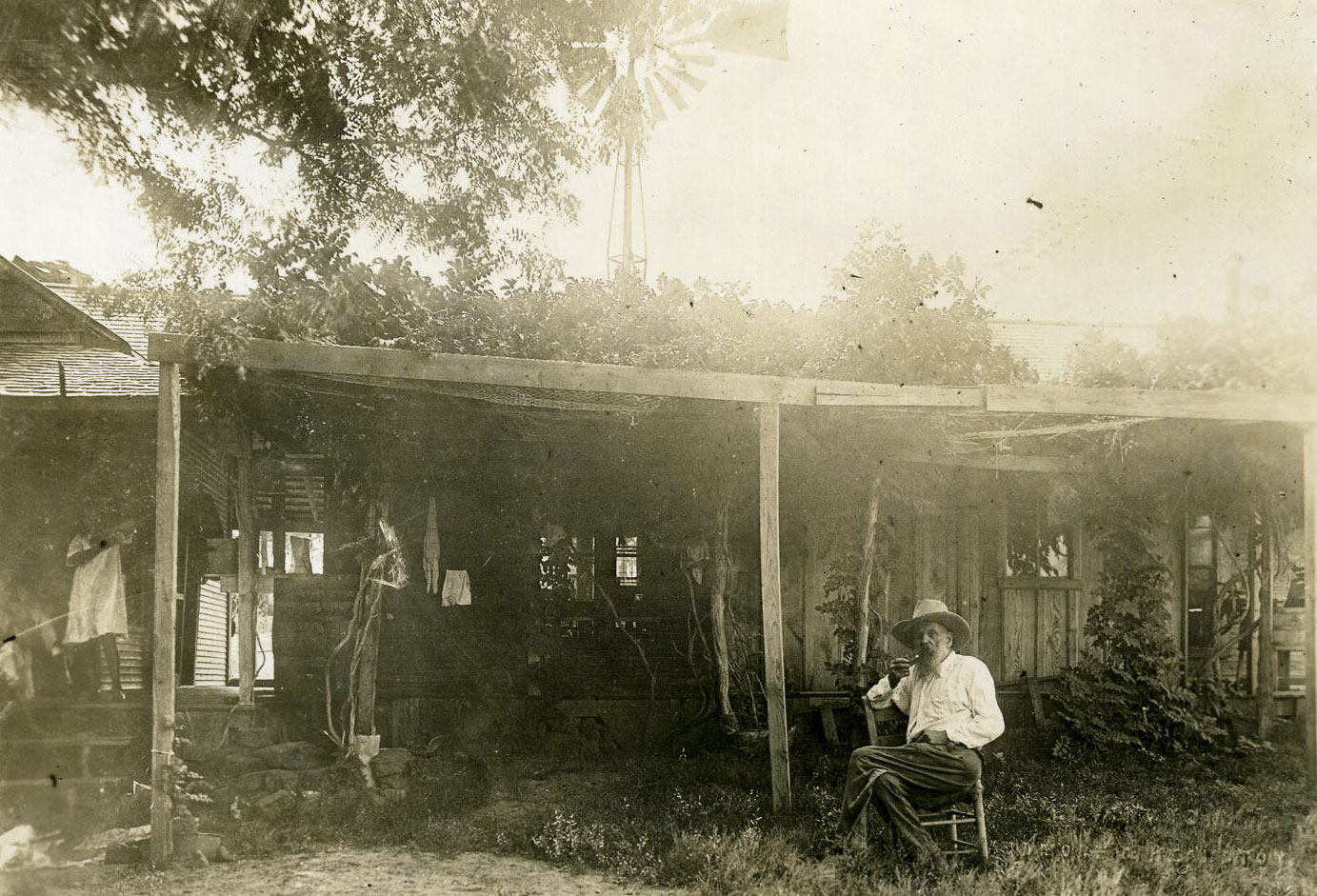HEALDTON.
The city of Healdton, which lies along State Highway 76 in western Carter County twenty-four miles west of Ardmore, was originally called Mason for its founder, Elisha Mason. The local post office was established in 1883 one-half mile east of the current townsite. Mason was renamed Healdton in honor of Charles H. Heald, who settled in the community in 1888 and became its postmaster in 1897. Prior to 1907 statehood Healdton was situated within Pickens County in the Chickasaw Nation, Indian Territory.
Healdton flourished as a cotton center until the Oklahoma, New Mexico and Pacific Railway was constructed in 1913–14. The track extended west from Ardmore to Ringling and south of Healdton. Thus bypassed, many residents moved closer to the railroad, causing the local economy to fail. Fortunately, the Healdton Oil Field was discovered in 1913. As a result, in 1916–17 the Ringling and Oil Fields Railway was built north from near Ringling to just west of Healdton. Ben Heald, Charles Heald's son, had succeeded his father as postmaster. Seeing an opportunity for town growth, he moved the post office to the railroad and established "new" Healdton at its present location.
The petroleum industry transformed Healdton into a thriving community. Many of Oklahoma's oil pioneers, including Wirt Franklin, Robert A. Hefner, Sr., Erle Halliburton, and Lloyd Noble, established operations in the Healdton Field. By 1918 the oil produced there accounted for 15 percent of the state's output. During the 1920s and 1930s the field began to deplete. Oil is still produced in the area, although on a smaller scale.
In 1920 Healdton's population was 2,157. That figure dropped to 2,017 in 1930, but grew from 2,578 in 1950 to 2,898 in 1960. The number of residents peaked at 3,769 in 1980 before falling from 2,872 in 1990 to 2,786 in 2000. The figure held steady at 2,788 in 2010. The town had eighty-six businesses in 2000, including thirteen related to the petroleum and natural gas industries. The weekly Healdton Herald has served the community since circa 1917. At the turn of the twenty-first century Healdton had a home rule charter form of government. The April 2020 census reported 2,330 residents.
Actress Eddi Rue McClanahan is a Healdton native. The Healdton National Guard Armory (NR 94000280) and the nearby Zaneis School Teachers' Dormitory (NR 85001800) are listed in the National Register of Historic Places. Local attractions include the Healdton Oil Museum.
See Also
Bibliography
Kenny A. Franks, Ragtown: A History of the Greater Healdton-Hewitt Oil Field (Oklahoma City: Oklahoma Heritage Association, 1986).
"Healdton," Vertical File, Research Division, Oklahoma Historical Society, Oklahoma City.
The History of Carter County (Fort Worth, Tex.: University Supply and Equipment Co., 1957).
Citation
The following (as per The Chicago Manual of Style, 17th edition) is the preferred citation for articles:
Greater Southwest Historical Museum and Carter County Genealogy Society, “Healdton,” The Encyclopedia of Oklahoma History and Culture, https://www.okhistory.org/publications/enc/entry?entry=HE002.
Published January 15, 2010
Last updated
March 19, 2024
© Oklahoma Historical Society


